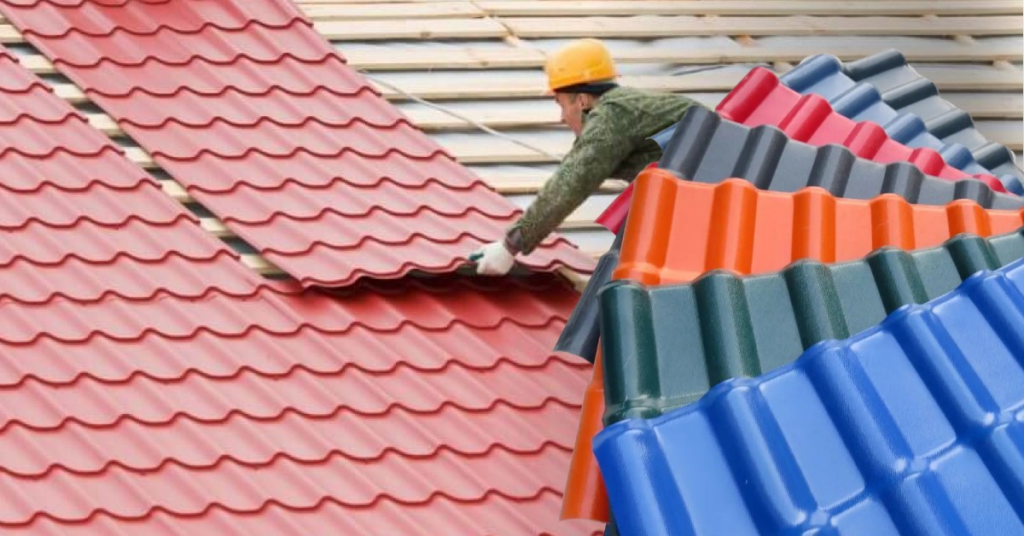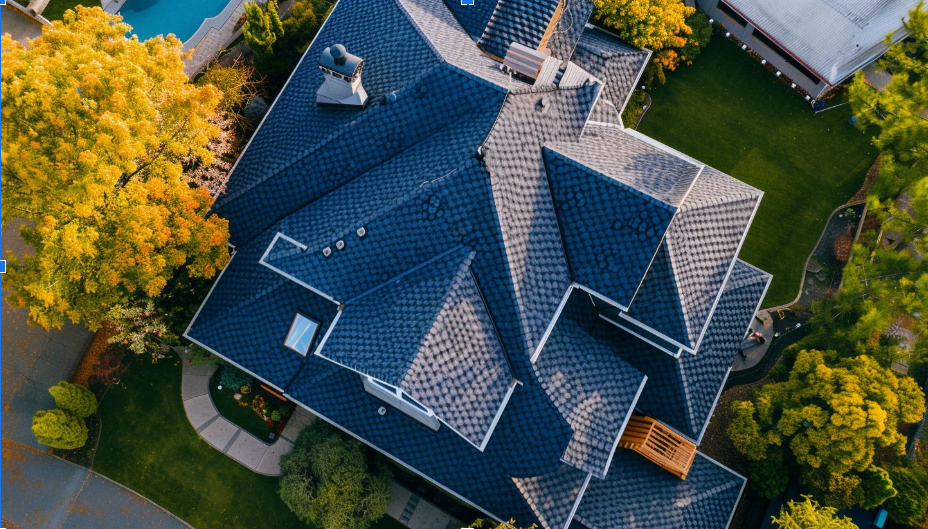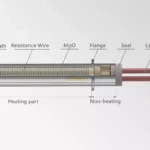Introduction to Roofing Innovations
The roofing sector is going through a revolutionary phase characterized by an explosion of creative solutions intended to improve longevity, energy efficiency, and visual appeal. The roofing industry is being redefined by these developments, which range from innovative materials to sophisticated installation methods. The potential for ground-breaking inventions grows as technology advances. Homeowners and businesses may safeguard their investments and maximize the performance of their roofing systems by keeping up with the most recent trends. One such critical consideration, especially in regions with heavy snowfall, is roof snow load measurement, which helps ensure the structural integrity of a building.

Modern Materials in Roofing
The evolution of roofing materials marks a significant shift from conventional options to advanced solutions that promise both durability and versatility. With materials like advanced polymers and metal composites entering the scene, builders can now access high-quality products under various environmental conditions. These sturdy yet lightweight materials are essential, particularly in areas vulnerable to earthquakes or storms where conventional materials may not hold up.

Moreover, the variety of available materials allows architects and builders more freedom in design, enabling the creation of structurally sound and visually striking roofs. This freedom fosters innovative architectural designs seamlessly integrating into diverse environments and meeting practical and aesthetic needs. As materials develop, the potential for creating more robust, efficient, and sustainable roofs expands, offering endless possibilities for future constructions.
Sustainable Roofing Practices
Sustainable roofing is becoming a mainstream consideration for both residential and commercial buildings. Eco-friendly options like green roofs and roofs made from recycled materials help reduce structures’ carbon footprint, making them increasingly popular among environmentally conscious builders and homeowners. These roofs benefit the planet and provide practical advantages like improved insulation, which can lead to significant energy savings over time.
Specifically, green roofs have two functions: They provide extra insulation that can drastically save heating and cooling expenses and help to purify the air by absorbing carbon dioxide and releasing oxygen. As climate change awareness grows, more people and companies are choosing these environmentally friendly roofing options. This tendency reflects a progressive approach to building and has a good effect on environmental health.
Technological Advances in Roofing
The integration of technology into roofing processes is reshaping the industry. Drones, for instance, have revolutionized roof inspections, allowing for detailed assessments without ladders or scaffolds. This enhances safety and provides a more comprehensive analysis of a roof’s condition. Moreover, software applications now aid in precision design and planning, enabling architects to efficiently tailor roofing solutions that meet specific environmental and aesthetic criteria.

Advancements in insulation technology further improve energy efficiency, helping regulate internal temperatures and reduce energy consumption. These technological innovations represent a shift toward more precise, evidence-based building practices that maximize efficiency while minimizing risks. As technology advances, the roofing industry is poised to benefit from increasingly sophisticated tools and systems that enhance building performance and occupant comfort.
Current Design Trends
The evolution of roof design highlights a growing trend toward structures prioritizing aesthetics and functionality. Modern roofs often incorporate minimalist designs that aim to harmonize with the surrounding environment, reflecting a broader architectural trend that values seamless integration with nature. This approach helps buildings stand out while complementing their settings, creating visually appealing spaces that meet practical needs.
Architects and builders work to design stunning and environmentally friendly structures by emphasizing natural characteristics and utilizing materials that complement the surrounding environment. Given that roofs greatly influence a building’s overall appearance and feel, these design decisions demonstrate an appreciation of the value of sensory experience in architecture. Roofs will remain a key component of aesthetically pleasing and powerful constructions as design trends change.
Climate Adaptability and Roofing
Adapting roofs to meet the challenges posed by diverse and changing climatic conditions is a critical concern for builders today. Advanced water-proofing and thermal resistance techniques ensure that roofs provide reliable protection against extreme weather. These innovations safeguard structural integrity and enhance the longevity of buildings, making them more resilient to climate instability.
As weather patterns become more volatile, the importance of climate adaptability must be balanced. Builders can provide long-term stability and security by implementing roofs that withstand severe temperatures and precipitation. This adaptability is increasingly becoming a standard in building designs worldwide, ensuring that structures can endure the complexities of future environmental challenges.







